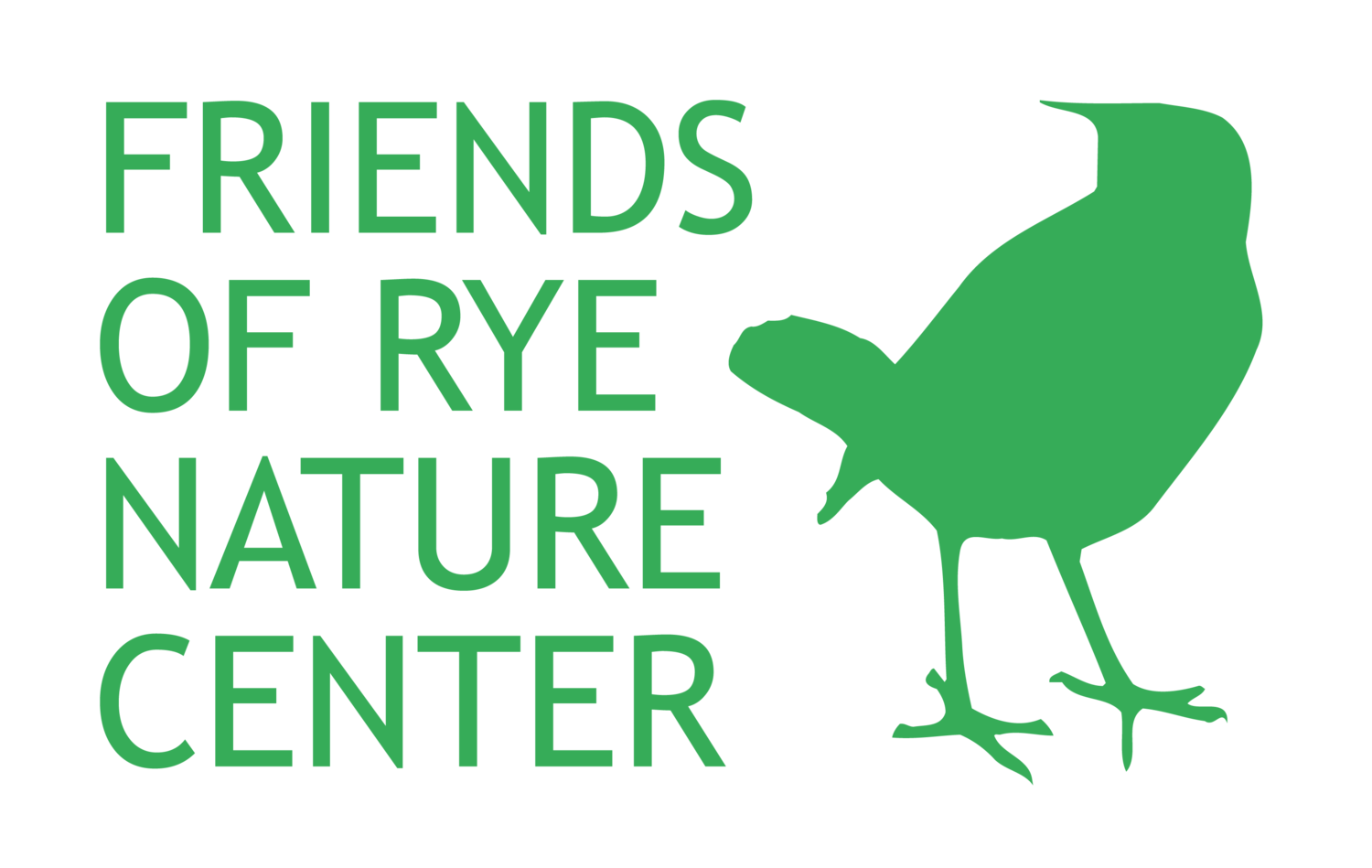— Danny Molinaro, Director of Conservation and Land Stewardship
What is Birding?
Birding (aka bird watching) is the practice of observing wild birds and studying both their appearance and behaviors. Birding is often viewed as a hobby; however, many have dedicated their lives to studying birds. It is an extremely educational activity that many people are encouraged to try!
What is bird migration?
Bird migration refers to the periodic, large-scale movements of populations of birds. There are various potential reasons birds migrate such as changes in day length, temperatures, food supplies, and genetic predisposition. One way to look at migration is by looking at distances.
Long-distance migrants often migrate from breeding ranges in the United States and Canada to wintering grounds in Central and South America. Despite the challenging journeys involved, approximately 350 species of North American birds are long-distance migrants.
Medium-distance migrants move distances that span across regions or states.
Short-distance migrants migrate only a short distance, such as from higher to lower elevations on a mountainside.
Permanent residents do not migrate often because they are able to find adequate supplies of food year-round.
The migration pattern along the eastern seaboard of North America is called the Atlantic flyway. Image by Perky Pet
Here along the Atlantic flyway, we are about to observe our spring medium to long-distance migrants. Many of these birds will start arriving in late April and early May during their journey North. Scarlet tanagers, Baltimore orioles and many different warbler species are just a few examples of the spring migrants which will be soon passing by our area. Come fall these migrating birds will embark on a reverse journey from North America back down to Central and South America to overwinter.
Birding Basics:
We recommend practicing a four-step approach to bird identification.
1. Judge the bird’s size and shape.
2. Observe its main color patterns.
3. Take note of its behaviors.
4. Look at what habitats it’s in.
Watch the series “Inside Birding” which provides four educational videos on these key factors of identifying birds:
1. Inside Birding: Size and Shape
2. Inside Birding: Color Pattern
What DO you need To Begin birding?
Birding can be done with nothing more than your two eyes and perhaps a journal for notes. However, if you want to get a little more serious about birding and identifying the birds you are seeing, there are some essential tools that all birders should have.
Image by Wild Latitudes
Invest in a good pair of binoculars: Many birds can be seen up close, however many will be in flight, far away, camouflaged or even doing a funky dance. In order for us to get a better view of the birds around us, its important get a bright, crisp view with a pair of binoculars. In recent years, higher quality binoculars have become available at surprisingly low prices. If you currently do not have a pair, online can be a quick way to source one.
Image from AllAboutBirds by The Cornell Lab of Ornithology
Use a field guide: Once you start seeing birds, you’ll start wondering what they are. Field guides are compact, descriptive, and often contain images which will help you start identifying. A favorite field guide of many birders is The Sibley Guide to Birds. It can be found in a full-size North America version or the recommended smaller, more portable Eastern edition. Another useful guide is Peterson: Field Guide of Birds of North America. There are many other options available and similarly, to binoculars, these books can be purchased online.
Image by Green Backyard
Snap a photo: If you have a quick and steady hand, you may be able to snap a photo of a bird nearby. Even a blurry photo can often help you or others identify it. Bring out your inner photographer! Of course professional grade cameras get the best photos; however, a quality smart phone camera can also produce gorgeous pictures. For birds that are far away we recommend trying the practice of digiscoping—pointing your camera through your binoculars to take a photo.
Image by Merlin ID from The Cornell Lab of Ornithology
Download popular bird apps: With a smartphone, you can have multiple bird resources in one small handy device. Even some field guides are available as apps. Many bird apps will provide pictures, descriptions, and bird calls. For identifying birds, often a favorite application is the Merlin Bird ID by Cornell Lab of Ornithology. If you’re interested in finding out where the birds currently are, we recommend trying the Birdseye app. It gathers recent data from Ebird projects that will show you maps of where birds currently are near you.
Image by Ebird
Keep a record: Keeping a bird journal or nature notebook can be a wonderful way to keep track of what you’ve been seeing and when you saw it. Think of these notes as a kind of diary, sharing the birds you’ve seen and places you’ve been. Many birders keep digital records through the free Ebird project from online accounts or a mobile app. With Ebird, this can help you keep track of every place and day you go bird watching. You enter notes and share sightings with friends while also exploring other EBirder’s findings.








